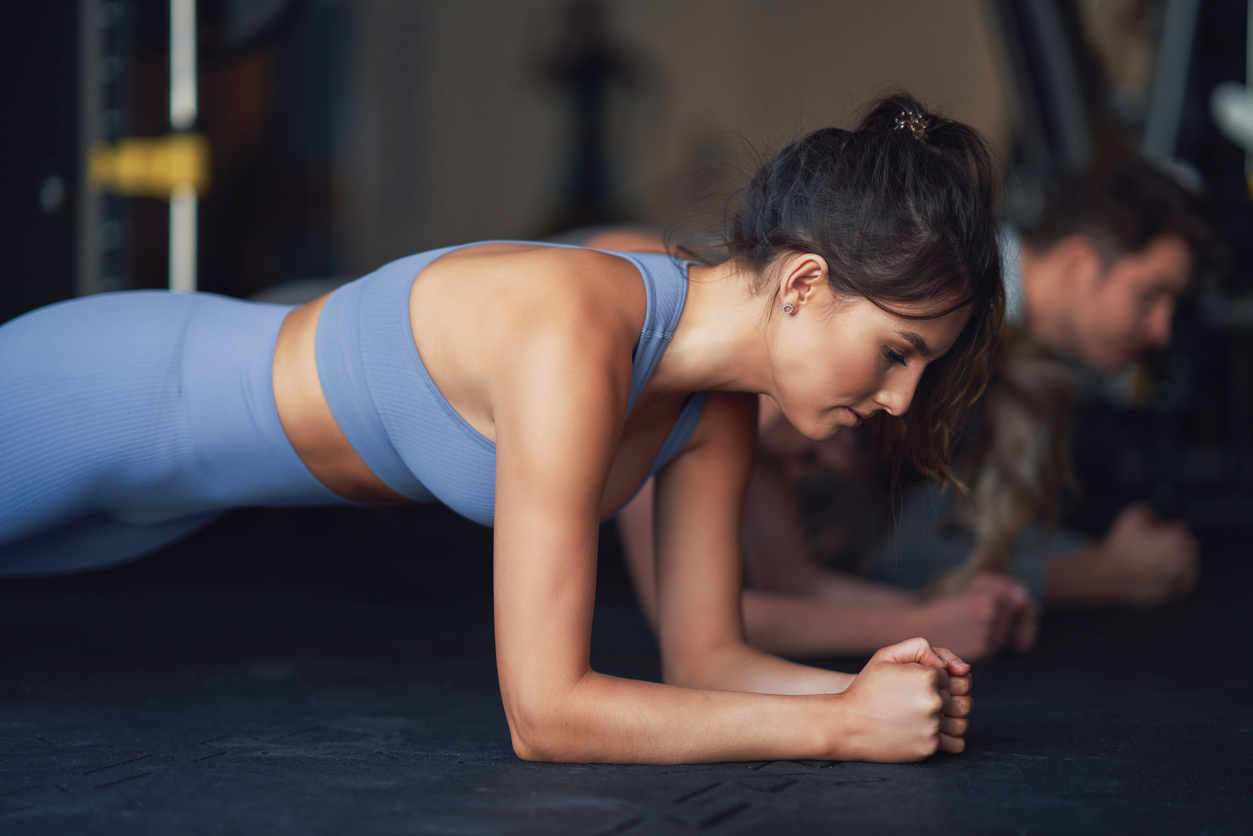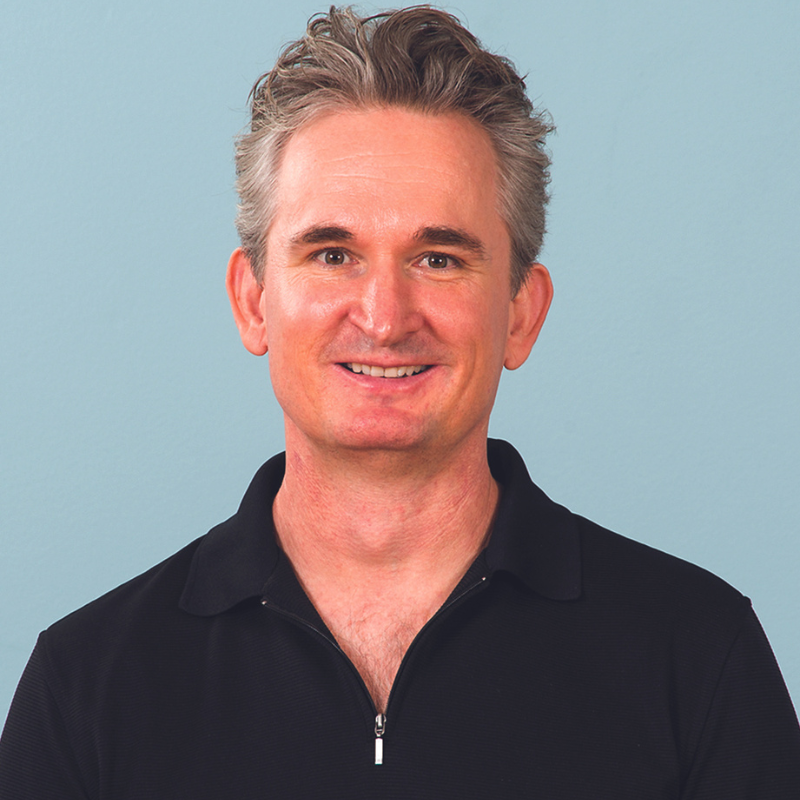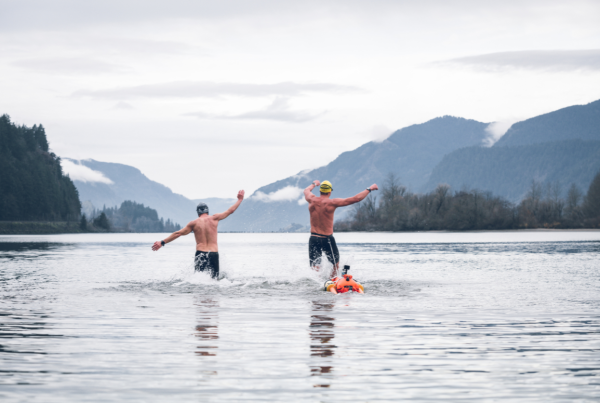It is possible to incorporate corrective exercise into group classes. Justin Price explains how to do it.
Many fitness professionals trained in corrective exercise believe that, in order to assess and correct someone’s musculoskeletal imbalances, you need to work one-to-one with them. While this is conventional practice, many assessments and corrective exercises can also be applied in a group setting to help numerous individuals at once to improve their function and alleviate aches and pains.
Integrating corrective exercise into the warm-up
The warm-up stage of a group fitness class provides the perfect opportunity for instructors trained in corrective exercise to utilise group assessments and corrective strategies to help attendees address underlying musculoskeletal imbalances before they work out. Doing so minimises the chances participants will get injured and maximises their potential for reaching their fitness goals.
Common causes of group fitness injuries
There are many common musculoskeletal imbalances that can lead to pain and/or injury in a group setting1. Three of the most problematic imbalances are found in the ankles, hips and spine. Below you will find an explanation of these imbalances, a simple assessment for each you can use to uncover potential issues, and some recommended corrective exercises you can incorporate into your class warm-up to help participants address their musculoskeletal and movement imbalances before they work out.
Imbalance 1: Lack of dorsiflexion
Running, squatting, jumping and bending all require the ankle to bend forward (i.e. , dorsiflex). This bending movement of the ankle helps the knees and hips to flex and ensures movement stress is transferred throughout the body correctly. However, if the ankle cannot bend forward, this limits knee and hip flexion which can lead to injury. Additionally, if the ankle cannot bend forward, it must rotate excessively inward instead to transfer the weight of the body from above. This inward rotation of the ankle causes excessive rotation of the knees, hips, pelvis and lower back which can lead to pain and dysfunction in any of those areas2,3.
Imbalance 2: Lack of hip/leg extension
The hip/leg complex needs to be able to extend during many movements in yoga (e.g., upward facing dog, warrior poses) and lunging and running. If the hip/leg is unable to travel behind the torso (i.e., extend) effectively, then the structures of the ankle, knee and lower back have to take up the slack and can get injured as a result4.
Imbalance 3: Lack of thoracic spine rotation
Rotational movements of the torso (when the feet are in contact with the ground) such as when dancing, running, throwing a medicine ball, changing direction and executing woodchopping-type exercises, all require the thoracic spine to be able to rotate to create momentum, as well as to help dissipate stress throughout the entire body. If the thoracic spine cannot rotate sufficiently, the force generated by the rotation of the legs and opposing swinging of the arms (and/or equipment being held) is transferred to the structures of the lower back, shoulders and ankles. Over time, this can cause strain and/or injury5.
Group fitness assessments
The following assessments should be performed at the beginning of each class. Coaching your clients to evaluate their own body, and the mobility of the structures being assessed, enables you to direct them to the corrective warm-up exercises best suited for their individual needs.
Assessment 1: Assessing dorsiflexion
Coach class attendees to kneel on their left knee and place their right leg forward so the knee of their right leg sits directly over their right ankle (use a pad or towel under the knee if necessary). Instruct class members to gently push their right knee forward as far as they can comfortably without letting their right heel come off the ground (see Picture 1). As they are bending their right knee forward, ask them to evaluate the ease with which their knee can come forward over their right foot (i.e., dorsiflex). Then have them perform the assessment on their left side. Instruct them to make a mental note of which side (or both, as the case may be) feels tighter or is more difficult to do. If you are conducting your class indoors, coach your attendees to do this near a wall so they can place their hands on it for balance. Participants who find it challenging to bend their ankle (and knee forward) lack dorsiflexion.
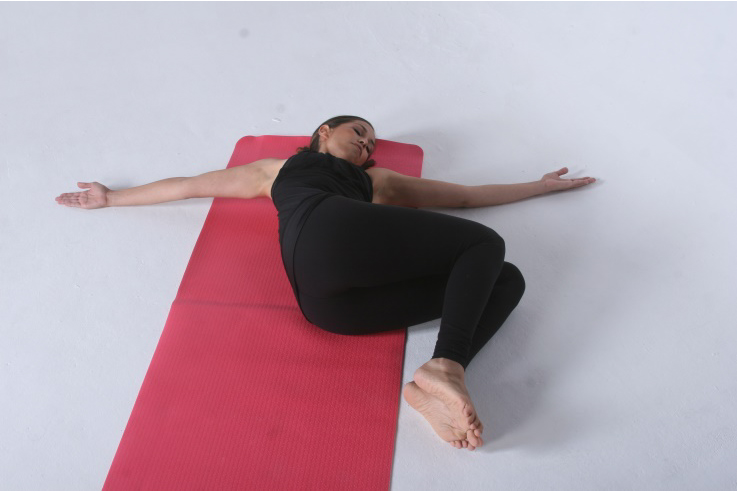
Picture 1: Assessing Dorsiflexion (Note: Indoor version shown with hands on wall)
Assessment 2: Assessing hip/leg extension
Coach class attendees to lie on their back with their right leg straight and reach their right arm over their head. Then have them hug their left knee to their chest with their left hand (see Picture 2). Instruct participants to make a mental note of the amount of space between the back of their right leg and the ground, the arch on the right side of their right lower back, and the ease with which their right arm can go straight over their head to the ground. Repeat the assessment on the opposite side of the body and then have them evaluate which side (or both, as the case may be) they find is more difficult to get their leg in contact with the ground without overarching their lower back or turning their leg outward. If anyone experiences shoulder pain when lifting their arm above their head, simply tell them it is acceptable to bend their arm slightly; this will help alleviate the shoulder discomfort. Participants who cannot place their leg straight on the ground without overarching their lower back or bending the knee lack adequate hip/leg extension.
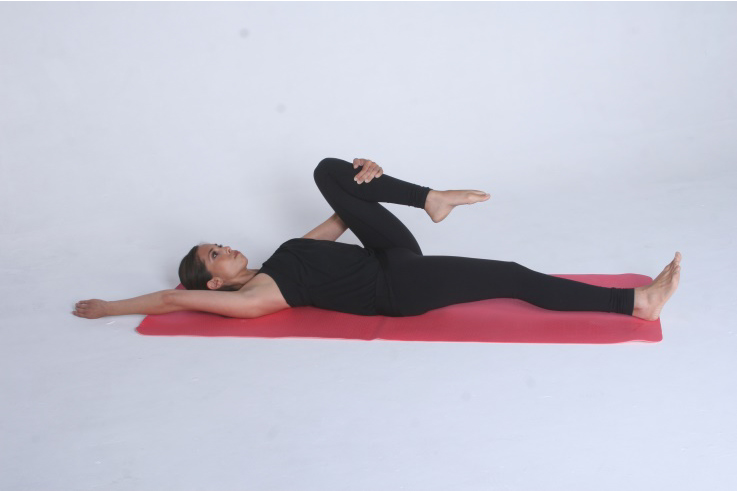
Picture 2: Assessing Hip/Leg Extension
Assessment 3: Assessing Thoracic Spine Rotation
Coach class attendees to lie on their back with their knees pulled up to their chest and their arms out to the side. Instruct them to lower their bent legs to the left side of their body and evaluate if their right shoulder comes off the ground when they do this (see Picture 3). Then have them switch sides and lower their bent legs to the right side of their body and see if their left shoulder comes off the ground. Have them make a mental note of which shoulder comes off the ground (or both, as the case may be). Participants whose left shoulder comes off the ground lack the ability to rotate their thoracic spine to the left, while participants whose right shoulder comes off the ground lack the ability to rotate their thoracic spine to the right. This assessment can be made easier for participants by having them place a foam roller or rolled up towel between their knees as they drop their legs to one side.

Picture 3: Assessing Thoracic Spine Rotation
Group corrective exercises
To encourage better mobility in those areas of their body that your attendees have gauged to be problematic, begin your class warm-up with some self-myofascial release (SMR) and stretching exercises on the soft tissue surrounding the joint/structures in question6. As time is limited before a class, it is not necessary for all attendees to perform all suggested self-myofascial release techniques outlined below. Rather, instruct each person to perform the techniques that are relevant to the imbalances they discovered about themselves from performing their self-assessments. Once they have performed their corrective exercises you can then then proceed with your typical class warm-up. Alternatively, you can instruct clients to arrive five or 10 minutes early to perform their corrective exercises before you begin with your typical class format.
Corrective exercises to improve dorsiflexion
In order for the ankle to bend when the knee is also bent, the soleus muscle must be flexible. The quadriceps muscles must also be flexible to allow the knee to bend with the ankle. As such, SMR and stretches for the soleus and quadriceps muscles are recommended for attendees who lack dorsiflexion.
Corrective exercises to improve hip/leg extension
The hip flexors and gastrocnemius must be flexible to allow the extended leg to travel behind the body correctly when the foot is in contact with the ground (i.e., hip/leg extension). As such, SMR and stretches for the hip flexors and gastrocnemius muscles are recommended for attendees who lack hip/leg extension.
Corrective exercises to improve thoracic spine rotation
The oblique muscles wrap around the torso from the rib cage to the pelvis. They must be flexible to allow thoracic spine rotation. As such, SMR and stretches for the obliques is recommended for attendees who lack thoracic spine rotation.
Conclusion
Empowering the attendees of your group classes to learn how to assess and improve their musculoskeletal condition before working out can not only help them to alleviate their daily aches and pains, but decrease the likelihood that they will injure themselves in your class and increase their chances of succeeding.
References
- Whiting WC & Zernicke Ronald F (1998), Biomechanics of Musculoskeletal Injury, Champaign, IL: Human Kinetics.
- Price J (2019), The BioMechanics Method Corrective Exercise Educational Program (2nd Edition), The BioMechanics Press.
- Price J (2018), The BioMechanics Method for Corrective Exercise, Champaign, IL: Human Kinetics.
- McGill S (2002), Low Back Disorders: Evidence Based Prevention and Rehabilitation, Champaign, IL: Human Kinetics.
- Cook G (2010), Movement, Aptos, CA: On Target Publications.
- Rolf IP (1989), Rolfing: Reestablishing the Natural Alignment and Structural Integration of the Human Body for Vitality and Well-Being (revised edition), Rochester, VT: Healing Arts Press.


